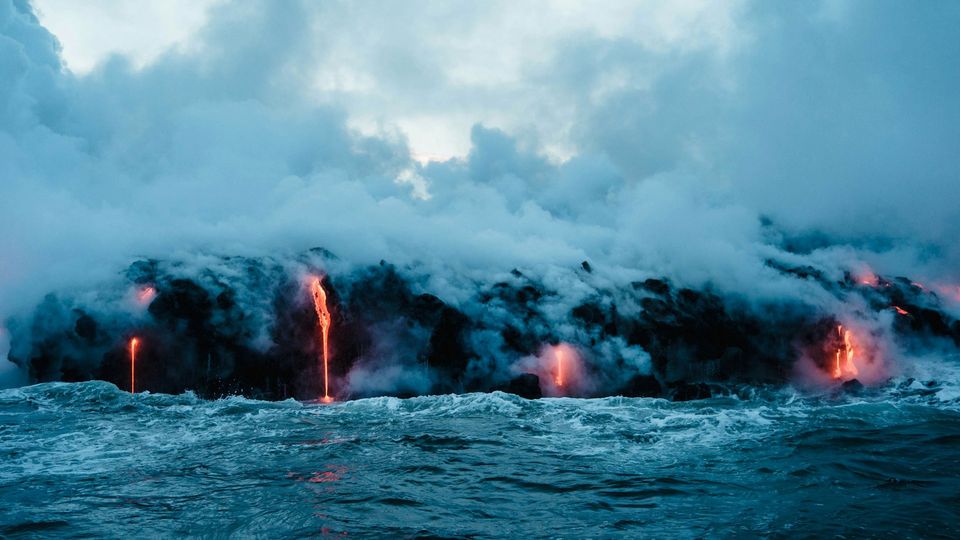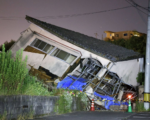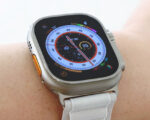On January 15, 2022, the Hunga volcano near Tonga erupted in a dramatic and explosive event, sending shockwaves that rippled across the globe. The eruption coincided with Cyclone Cody, which compounded the chaotic environmental conditions in the region. This massive volcanic explosion produced a shockwave so powerful that it generated low-frequency booming sounds that could be heard as far away as New Zealand and Alaska. In addition, the eruption caused a significant tsunami, affecting coastlines thousands of miles from the epicenter, cementing it as one of the most impactful volcanic events in recent history.
In the aftermath of the eruption, GNS Science, New Zealand’s geological agency, sought to gather public observations to complement the data collected by scientific instruments. They encouraged residents to share their experiences, resulting in over 2,100 responses. The reports varied widely, with individuals describing rumbling sounds, sensations of pressure in their ears, windows shaking, and even unusual animal behavior. These accounts provided valuable context and perspective, filling in gaps where scientific instruments alone might have missed certain human experiences of the event.
The public’s input proved instrumental in helping scientists better understand how the eruption’s effects were felt across New Zealand. Dr. Emily Lane, a Senior Scientist at GNS, explained that by comparing the public’s reports with seismic and atmospheric data, researchers could identify patterns in how the eruption’s shockwave traveled across the country. Most of the loud “booms” were reported from the North Island, indicating that the pressure wave moved from north to south. This kind of pattern recognition, based on public input, offered insights into the eruption’s dynamics that were not immediately visible through standard measurements.
This collaborative effort between the scientific community and the public highlighted the importance of real-time observations in understanding the broader impact of natural disasters. The combination of advanced instruments and firsthand accounts allowed researchers to build a more comprehensive picture of the Tonga eruption’s global consequences. It also underscored the valuable role that local residents can play in disaster research, offering data that may not be captured through traditional scientific methods.











